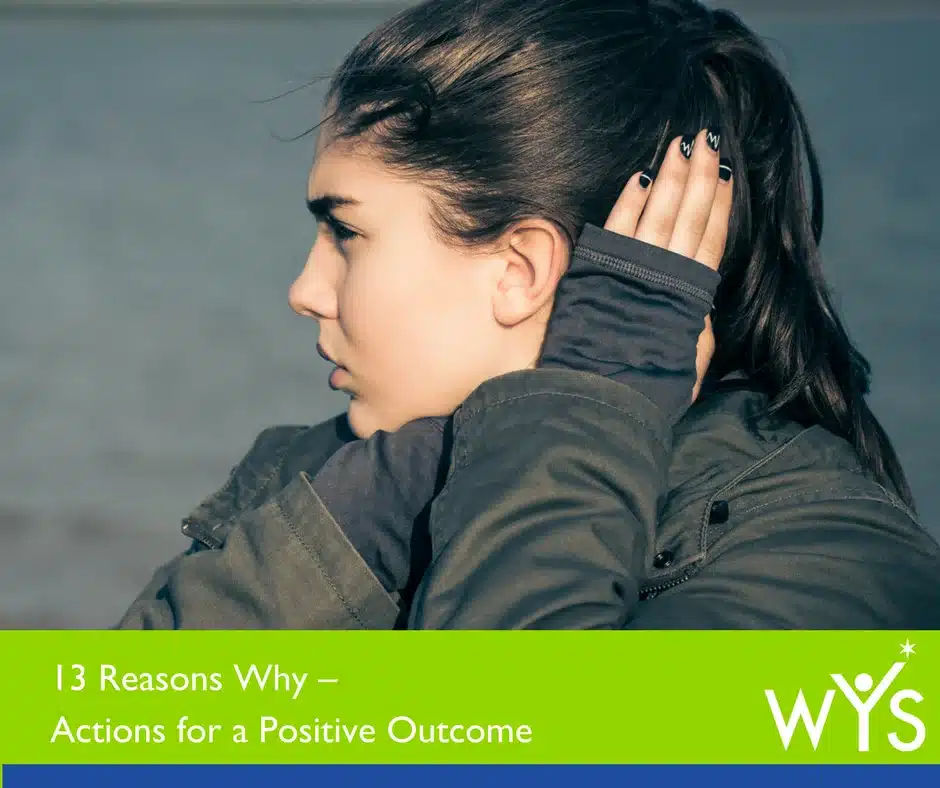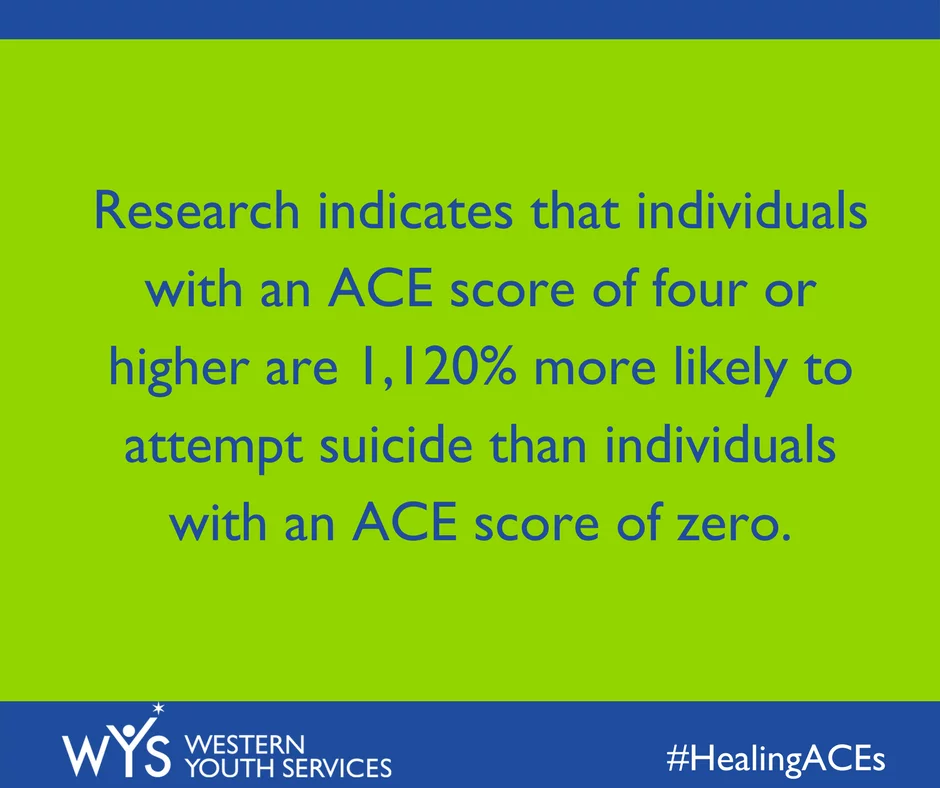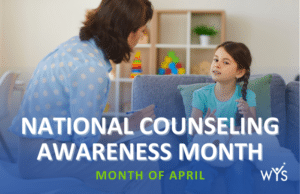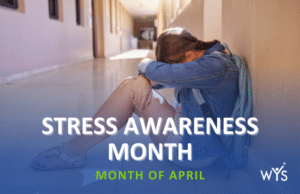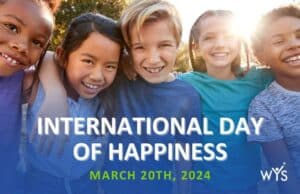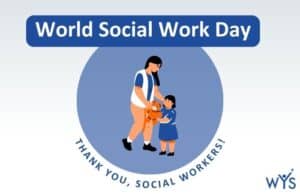13 Reasons Why – Actions for a Positive Outcome
The Netflix original series entitled, 13 Reasons Why is trending on social media, in schools, and at the dinner table. The popular series is based on the bestselling young adult book written by Jay Asher in 2007. Perhaps you or a teen you know watched it. Like many others, I binge watched the entire 13 episode series in a weekend.
Both Sides of the Debate
Parents, school administrators and mental health professionals have significant, and valid concerns about the series that builds up to a traumatizing scene in the last episode where, Hannah, the teenage lead of the storyline graphically dies by suicide.
There are two sides to the debate. As a parent, licensed psychologist, and CEO of Western Youth Services (WYS)… I can see both sides…
- Didi Hirsch Mental Health Services, a leader in suicide prevention stated in a Huffington Post article that that within six weeks of the launch of the show, “they helped 39 vulnerable young people who mentioned the series during their calls or chats. We fear that these cries for help are only the beginning, that over time we will see a wave of copycat suicides among adolescents.”
- On the flip side, the doors to the distressing and heartbreaking topics revealed in the series have burst open. We need to discuss them – for the sake of children and youth everywhere! They can no longer be silenced. It is always better to speak up and save a life.
The series has aired, it is the most watched series in Netflix’s history, and it is confirmed for a second season. We must leverage the awareness to create avenues of support to prevent suicides and the other types of trauma depicted in this provocative series.
13 Reasons Why… A Journey of Traumatic Experiences
As the story of 13 Reasons Why unfolds, there are various circumstances that appear to have contributed to the main character’s fictitious suicide; bullying, cyber-bullying, shame, sexual assault, rejection, loss of friendships, abandonment, loneliness, etc. Although she remained more or less herself on the outside, as the story progressed, she exhibited warning signs such as reckless behavior, withdrawal, and sudden mood changes that independent of one another may have looked like they were typical teenage angst or drama. These things accumulated and grew to anxiety, isolation, depression, and hopelessness. These warning signs went unnoticed; at the end of each episode, I was left with the feeling that no one was watching Hannah.
As her plan for revenge started to display itself, it was also apparent that it became her new best friend and grew stronger with each episode; no one helped to lead her back to a healthier/happier reality. While suicide is never the fault of survivors of suicide loss, these subtle changes in behavior were clues that her community could have utilized to help her.
There are children and youth everywhere – in public, private, charter, and home schools – globally experiencing the same stories this series tells. We can help them… we must help them.
Season Two – Starts the Healing Process
The trauma that suicide leaves in its wake is enormous. Friends, family, teaching staff, fellow students and the community at large are affected. Netflix announced that season two will be released and the storyline will be focused on starting to heal, examine the grieving process, look back into the events in season one look deeper or through the perspective of one of the other characters.
The content of the show will continue to be graphic and will candidly address the pain and ongoing burden. People involved are often affected by Post-Traumatic Stress Disorder (PTSD). Season two has the potential to leverage the size and interest of the audience and lead kids that need help to the many resources available. WYS helps teens heal from toxic stress, anxiety, and depression and PTSD and we have been referred to the “best-kept secret of Orange County.” I am sure there are organizations all over the world that are ready and able to help more.
I am very interested to see how the producers, writers, and Netflix approach the journey of healing in season two.
WYS is in the Trenches
Did you know that one in five children has a diagnosable mental health disorder with suicide being the 2nd leading cause of death in youth age 10-18, second only to accidents? This is a staggering statistic.
For 45 years, WYS has been providing mental health services that empower children, families, and communities throughout Orange County, CA. The majority of the clients that come to us have experienced toxic stress and multiple Adverse Childhood Experiences (ACEs), such as abuse, neglect, and household dysfunction. Research indicates that individuals with an ACE score of four or higher are 1,120% more likely to attempt suicide than individuals with an ACE score of zero. Toxic stress from ACEs is also correlated with other negative outcomes such as violence, drug and alcohol abuse, mental illness and/or incarceration, especially if left untreated.
Early intervention and targeted treatment can help heal and lower the negative impact of ACEs. As healing occurs, positive experiences, such as success in school and closer family relationships are strengthened and the negative effects of ACEs are reduced.
Every child has both positive and negative experiences as they grow. What we have learned through experience and research is that positive experiences build resiliency and resiliency heals childhood trauma. Sometimes that is all it takes.
Other times mental health services are needed. At WYS, our integrated and collaborative model looks at the whole child and family. Though they may be referred for “behavior problems,” we might uncover that they’re concerned about getting food on the table or being kicked out of their home. These factors may be the underlying cause of their distress; therefore, that is the primary thing they focus on.
We meet them where we are and link them to other resources like emergency services, food banks, domestic violence services, and vocation services. We approach each family individually and help them determine their specific needs and root cause issues. Then we work collaboratively with our 100+ partners and get them the help they need at no cost to them.
Teachers and Educators Have a Distinct Advantage
Teachers and educators work directly with students daily, they have a unique perspective and often identify a concern early on. Our partnerships with schools include school-based mental health services that equip school staff with strategies and a framework to help them identify when mental health services are needed and other effective techniques school personnel can utilize to help students. The teachers and educators we work with tell us that they are better prepared to handle behavior problems when they arise in the classroom. This shift results in less bullying, less anxiety and depression, and increased empathy and ability to focus for the students. Effectively, making the already tough job of teaching easier by allowing them to get back to the job of educating their students. Parents and caregivers of students have shared that the relationships with their children are better when they have a better experience at school.
From the perspective of our close work with School Psychologists and personally observing the positive impact that they can have throughout the culture of a school, I am saddened that the 13 Reasons Why series depicts the school counselor as unhelpful and unavailable. If your experience is anything other than positive, seek help from another source, we offer many options for help in this article.
Jeremy’s Story of Healing
There are so many stories of healing in the children and youth we serve at WYS that leave a mark on my heart, one in particular, Jeremy’s story, express the hope possible for struggling children.
“You don’t look like you have mental issues.” Jeremy didn’t know how to respond. His friend was right. Jeremy looked like a typical, happy adolescent. He earned good grades, played sports and followed the rules. No one ever thought anything was wrong. That is until Jeremy made a serious suicide attempt. He just wanted to die but didn’t know why. Life had become too painful. But nothing bad had ever happened to Jeremy, so why was he so unhappy?
After getting out of the hospital, Jeremy felt lost. He was referred to and began receiving therapy at Western Youth Services. He didn’t know what to talk about. He said he had good parents, a nice home and lots of friends. But Jeremy slowly began talking to his therapist about his feelings of worthlessness and how he had always felt anxious and worried. Jeremy learned that these feelings contributed to depression, something he didn’t know anything about. Over time, he learned that it’s not always life circumstances that make people depressed and anxious. Sometimes, people just feel that way.
Jeremy is now able to identify his feelings. He has learned coping strategies for when he feels anxious, sad and hopeless. His family knows the warning signs. Jeremy learned that there is nothing shameful about mental illness or taking medication to help. He started volunteering for a community agency to help educate high school students about mental illness, where to go for help and what each person can do to support someone they know who is struggling with any kind of emotional difficulty.
How You Can Take Action
By simply watching, listening, and communicating with the children and teens in your life, we can collectively make an impact and change the trajectory of the life of any child.
Know the warning signs and symptoms of mental illness, such as a change in behavior, social interaction, eating habits, personal hygiene and how they dress, a dip in grades or participation in school and social activities? Pay close attention to determine whether you are able to work through the situation, or do you need help from a friend, family member, community member, or a mental health professional.
Resiliency heals trauma and the ability to adapt well to adversity as it occurs, helps children to manage stress and feelings of anxiety and sadness. This article on the Hey Sigmund blog includes 20 Practical, Powerful Strategies to Build Resiliency (backed by science).
SuicideisPreventable.org has extensive resources to learn about suicide warning signs and how to discuss suicide prevention with children and teens. If you sense something might be going on with them or a friend open the dialog, ask about their feelings, has something happened, ask about their friends; build trust, be kind, and connect them to the resources listed in this article. It really is that simple… and desperately needed.
I encourage you to review these resources to assist you in your dialogues about the 13 Reasons Why series:
- Jed Foundation – 13 Reasons JED Point of View
- NASP – “13 Reasons Why” Netflix Series: Considerations for Educators
- NASP – Preventing Youth Suicide (also available in Spanish)
- Suicide is Preventable
- US News and World Report – 4 Points for Parents, Teachers to Talk With Teens About Suicide
- NIMH – Suicide Prevention
- 13 Reasons Why: Beyond the Reasons – 30 minute video featuring the cast, producers and mental health professionals discussing the issues raised in the series.
Where to Find Immediate Help
For 24 hours a day, 7 days a week (24/7), free and confidential support for people in distress, prevention and crisis resources for you or your loved ones, and best practices for professionals, the National Suicide Prevention Lifeline is an incredible resource. Call 1-800-273-TALK (8255) or text “START” to 741741. The deaf and hard of hearing can contact the Lifeline via TTY at 1-800-799-4889.
For a psychiatric emergency, call 911 or go to the nearest hospital immediately. Do not attempt to access emergency care online.
If you are located in Orange County, CA and someone you know is exhibiting warning signs and symptoms of mental illness, we are here to help. Reach out, all of our locations and contact information can be found on our website or email us at [email protected].

Lorry Leigh Belhumeur, Ph.D.
Chief Executive Officer
Western Youth Services



